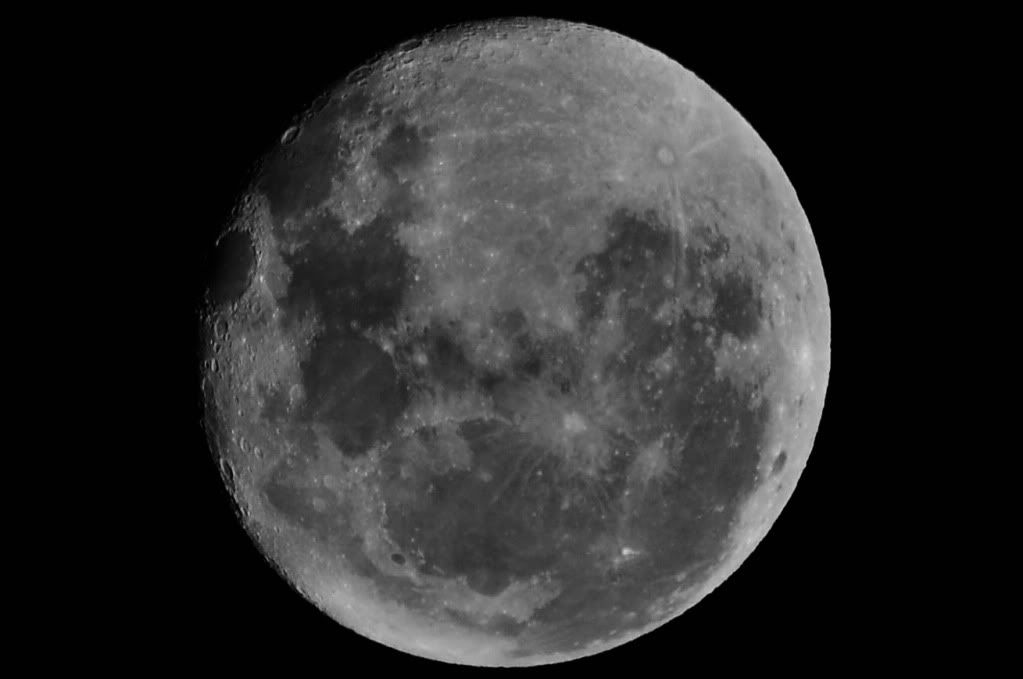Over the weekend I got the opportunity to spend some valuable time with arthurking83. Apart from learning a large amount about landscape photography, we also talked about cameras and lenses.
Arthur was interested in my Sigma 150-500mm APO OS lens, and was impressed how well it preformed.
I was also talking to I @ M who said that any lens is only good for reasonably close shots.
I'd like to hear your thoughts on long lenses, and give some examples. And also if you use a tripod or hand held with them. (I've never used a tripod with the siggy)
These two shots were taken at 8am this morning with the 150-500, Hand Held, converted to black & white. A bit of a play with exposure and contrast, then resized for here
_DSC6618 by geoffsta, on Flickr
_DSC6615 by geoffsta, on Flickr







 Thanks useful information:
Thanks useful information: 


 Reply With Quote
Reply With Quote Add To Bookmarks
Add To Bookmarks









 Darren
Darren 


 Threadstarter
Threadstarter













